
MELLOTRON SOUNDFONTS
The Mellotron is an electro-mechanical, polyphonic tape replay keyboard originally developed and built in Birmingham, England, in 1963. It evolved from a similar instrument, the Chamberlin, but could be mass-produced more effectively. The instrument works by pulling a section of magnetic tape across a head. Different portions of the tape can be played to access different sounds.
The original models were designed to be used in the home, and contained a variety of sounds, including automatic accompaniments. The bandleader Eric Robinson and television personality David Nixon were heavily involved in the instrument’s original publicity. A number of other celebrities such as Princess Margaret were early adopters.
The Mellotron became more popular after the Beatles used it on several tracks. It was subsequently adopted by the Moody Blues, Genesis and King Crimson, and became a notable instrument in progressive rock. Later models such as the M400, the best selling model, dispensed with the accompaniments and some sound selection controls in order to be used by touring musicians. The instrument became less popular in the 1980s due to the introduction of polyphonic synthesizers and samplers, despite a number of high profile uses from Orchestral Manoeuvres in the Dark and XTC.
Production of the Mellotron ceased in 1986, but it regained popularity in the 1990s, and was used by several notable bands. This led to the resurrection of the original manufacturer, Streetly Electronics. In 2007, Streetly produced the M4000 which combined the layout of the M400 with the bank selection of earlier models.
49 x PATCHES FROM THE MELLOTRON
TOP QUALITY SOUNDFONTS SF2
TOTAL SIZE 598 MB
JUST LOAD AND PLAY YOUR SOUNDS !
When purchasing your MELLOTRON SOUNDFONTS you wont need to go through the hassle of having to drag & drop your
samples into your sampler, our samples come in a SF2, this means, you can just load
the patches straight into your sampler.
Soundfonts (SF2)?
A SoundFont is a brand name that collectively refers to a file format and associated technology designed
to bridge the gap between recorded and synthesized audio, especially for the purposes of computer music
composition.
MELLOTRON SOUNDFONTS can work with these samplers: There are also more..see “Sampler Compatibility in our menu”
* Audigy/SBLive!
* Reason NN-XT
* Kontakt
* Halion
* EXS-24
* VSampler
* Gigasampler – Gigastudio
Orion
* FL Studio
* Live synth Pro
* SFZ Sampler
All our sample packs are royalty-free, so you can use our samples for commercial use.
“But we prohibit you to produce copies or reproductions of the work and to sell those copies”
All the Soundfont Samplers In Althabetical Order:
Ableton Live
Awave Studio
Battery from Native Instruments
Bismark BS-1
CSound
Cakewalk Products
Creative Labs SoundBlaster Sound Cards
Cubase from Steinberg
EXS24 from Apple/Emagic
Emulator X from EMU
Finale from Coda
FL Studio / Fruity Loops from Image-Line
Garage Band from Apple
GigaStudio / GigaSampler
HALion from Steinberg
Home Studio from Cakewalk
Kontakt from Native Instruments
LiveSynth Pro
Logic from Apple (with EXS24 Sampler)
Mixman Studio Pro from Mixman
QuickTime 5 from Apple
Reason (NNXT Sampler)
Recycle from Propellarheads
Sonar from Cakwalk
Translator from Rubber Chicken
Unity DS-1 from Bitheadz
Vsampler from Maz Sound Tools
Why Would I Want To Use The MELLOTRON SOUNDFONTS Format Over The Other Types Of Sound Formats Available?
Imagine being able to share a MIDI file, complete with your own custom sound sets. With SoundFont
technology, the world can hear your music exactly the way you intended! External musical instruments
(i.e., synthesizers and samplers) can be expensive and cumbersome for the amateur musician. Software
synthesizers and samplers can drain your system’s resources, especially when using more professional
grade musical creation tools. Because SoundFont technology is hardware accelerated by the PCI-based
Sound Blaster Live! and Audigy series of sound cards, it only needs to use your computer’s RAM.
Therefore, you can use the full power of your processor for making great music!


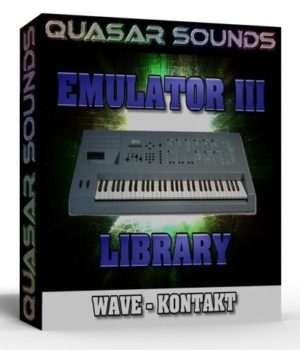
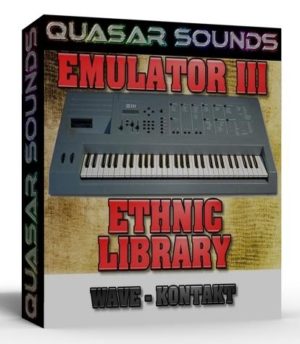
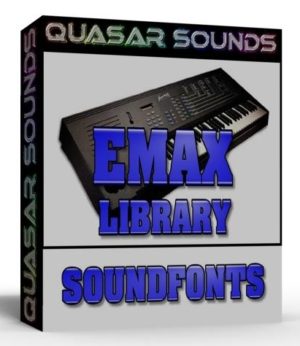
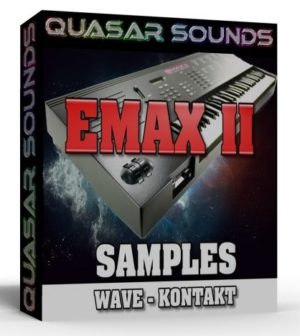
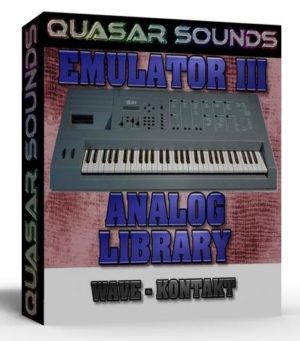
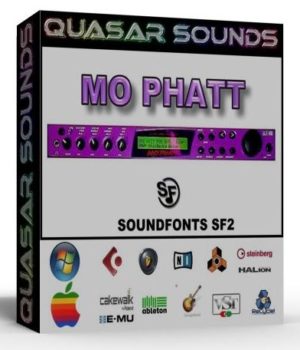
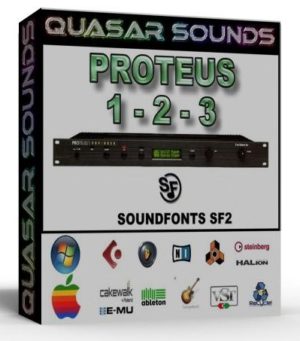
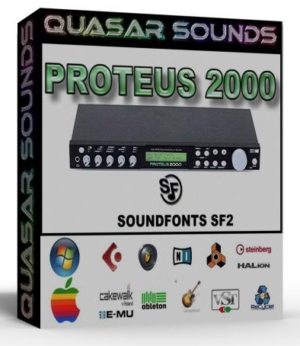
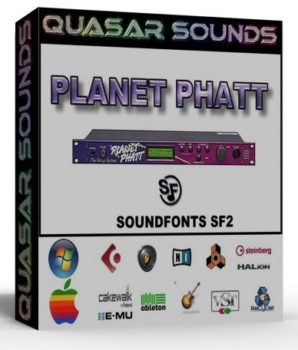
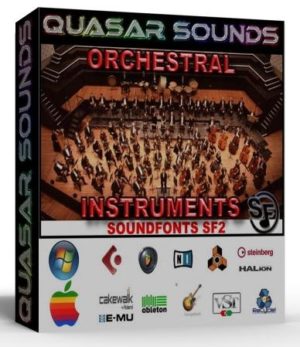
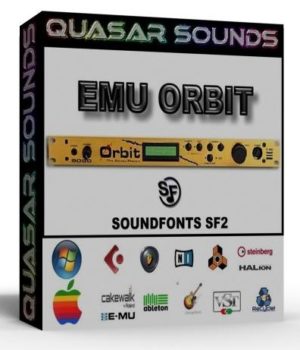
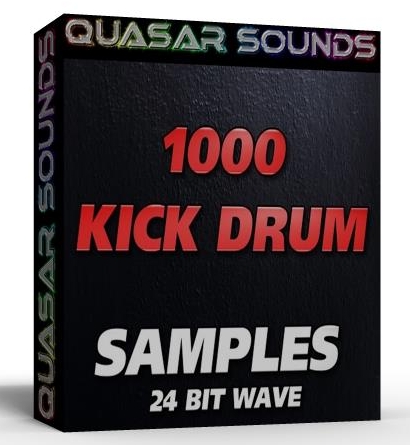
Leave a Comment
You must be logged in to post a comment.